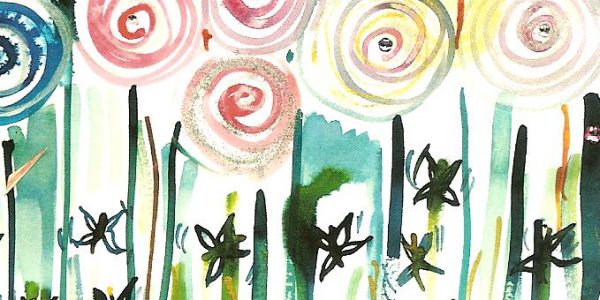I’m sure you’ve heard sayings like, ‘birds of a feather flock together’ or ‘your vibe attracts your tribe’.
While it can feel really great to share common thoughts and opinions with another person, you’ve probably noticed that no one sees the world exactly the way you do.
Even biological twins have their differences, and in many cases those contrasts can be as extreme as night and day.
How is it that people who are raised under the same roof, attend the same school, or live in the same community, can be so vastly different?
According to some cultures and philosophies, the answer is that we all come in to the world with our own distinct personality and purpose. So right from the get-go we are innately wired for our own uniqueness.
Whether you believe in this school of thought or not, however, there are practical and real world reasons why you are who you are, why you think the way you think, and why you react and respond the way you do.
When it comes down to it, your personal life experiences, and the meaning and associations you attribute to people, objects, and environments grow your brain in a particular fashion. Then, inevitably, your brain grows you and your life, in a one-of-a-kind way!
MAKING SENSE OF THE WORLD
The world can feel pretty busy and chaotic at times.
Ever volunteered in a kindergarten class or hosted a kid’s birthday party? What about attending a large sporting event, concert or local fair?
Just stepping outside can be hectic: cars whizzing by, people chatting and interacting, planes passing overhead, animals scurrying about…
You need a way of organizing and making sense of your external environment, and all that comes along with it, or it would be constant overload.
Have you ever noticed how automatically you can navigate the world around you despite the potential for confusion?
Somehow, for the most part, you still manage to make sense of most of what is happening around you. This has been your goal since you were born, because it’s your life-saving instinct and device.
Over time, your specific life experiences have made, and continue to make, associations and have given meaning to the world around you.
For example, when you hear a sound, like the voice of someone you know, it triggers a deeper, preformed association that is either positive or negative. As well, you may learn to associate a particular tone or facial expression with comforting or tense feelings. Along the same lines, the sight of a particular food can cause you to salivate with anticipation of something delicious and tasty; or it can throw your stomach off with memories of food poisoning.
You get the picture.
YOU WERE BORN WITH THIS ABILITY
You didn’t intentionally come up with these associations. They happened through the process of interacting with your environment and learning what was pleasurable, what was painful, what was safe, and what was threatening.
In your brain, meaning and association are intimately connected. When they are driven by emotional context, they become even more powerful.
There are no specific compartments or filing systems in your brain – just associations that are more strongly or more weakly correlated with other associations.
You understand the meaning of an object in terms of its connection with other objects – other chunks of reality with which your brain has assigned certain characteristics and importance.
COMING TO YOUR SENSES
Although the world around you looks like a collection of many different people and objects of various sizes and shapes, on a fundamental level, you don’t actually perceive separate objects at all.
What you perceive is your nervous system’s responses to a vast flow of electromagnetic waves and biochemical reactions.
From birth onward, your brain takes every piece of stimulation you ever experience and processes it. Every beam of light to reach your eyes, every sound that vibrates your ear drums, every smell, taste, and object that you touch is processed in some way.
Your brain expertly allocates certain neural response patterns with sensory pathways called “sight”, “smell”, “sound”, etc. Then it picks out certain pieces of sensory experience and associates them with other stimuli.
Your brain makes an association between two different experiences when you find a pattern in something. In order for this to be possible, human babies are born with skulls that are a collection of bone plates that can move to let the developing brain take up more space.
INNATE WISDOM
Ultimately, your ability to keep your personal perspective and to focus on tasks at hand while comprehending the world around you is reflected in your own mapping.
As we age, we see more and more patterns, reinforce some associations, and prune out others. It takes time to gather so much experience, which is why wisdom is attained and reserved for those with the most experience and associations.
So put down your technology and go out into the world, try new things, interact in person, smell the flowers, and be willing to let your senses guide your way – the job they are wired to do!
To your Fit Brain & Fit Life,
Jill

